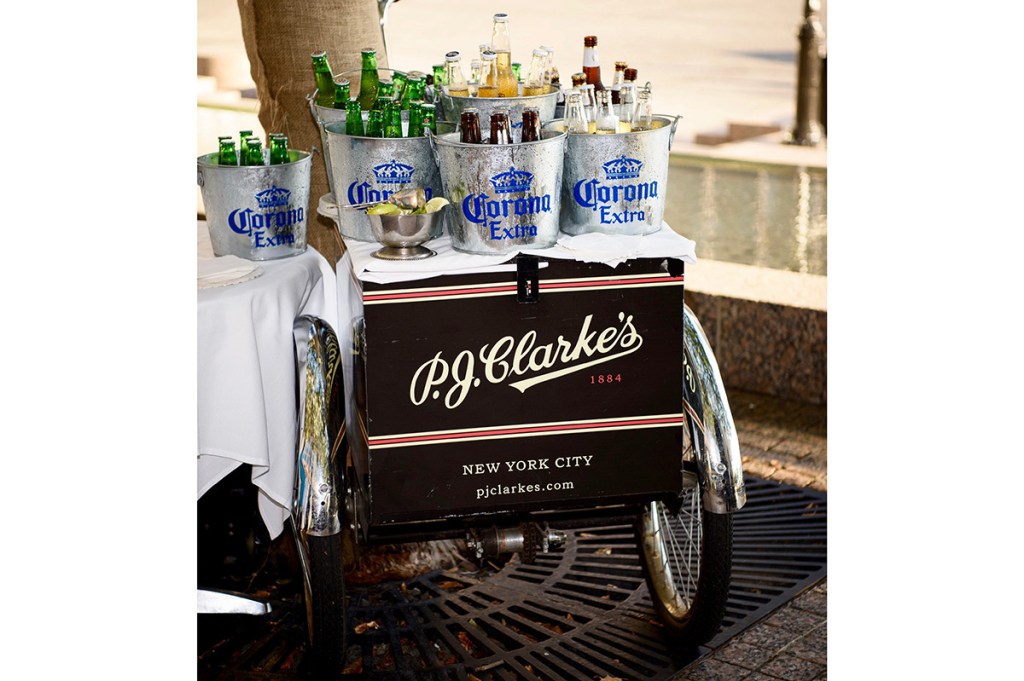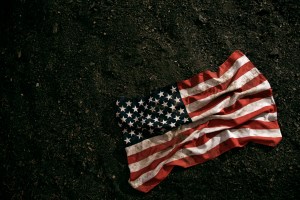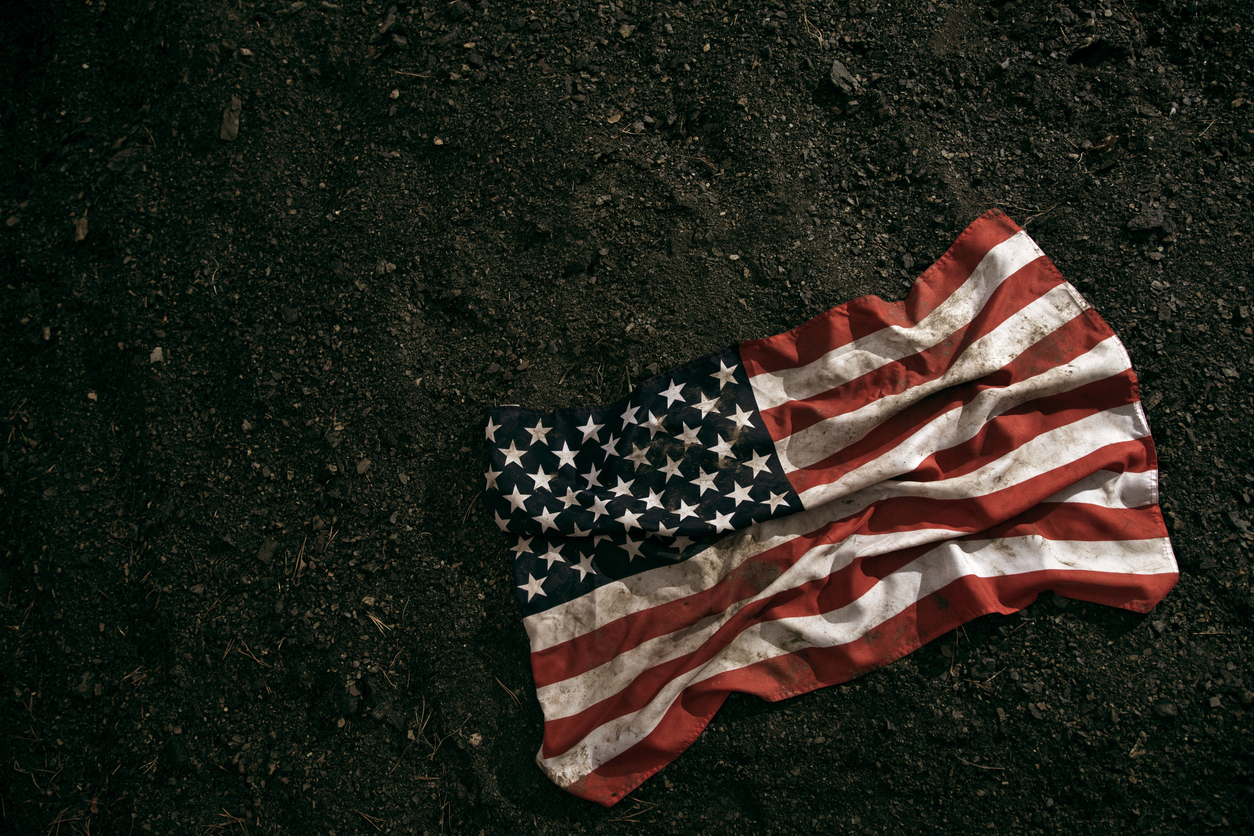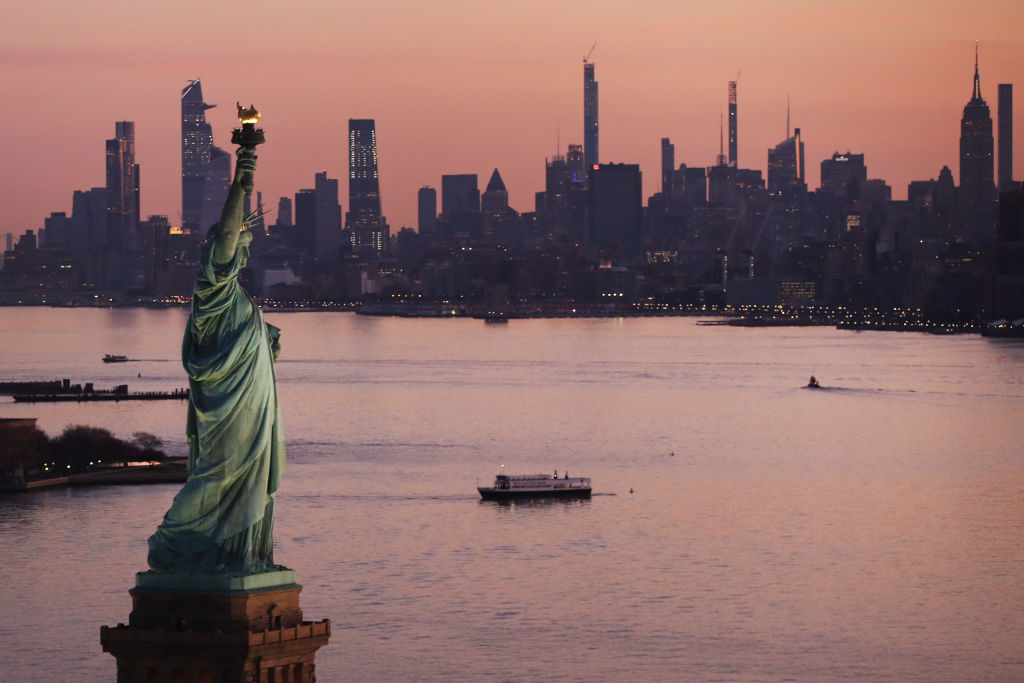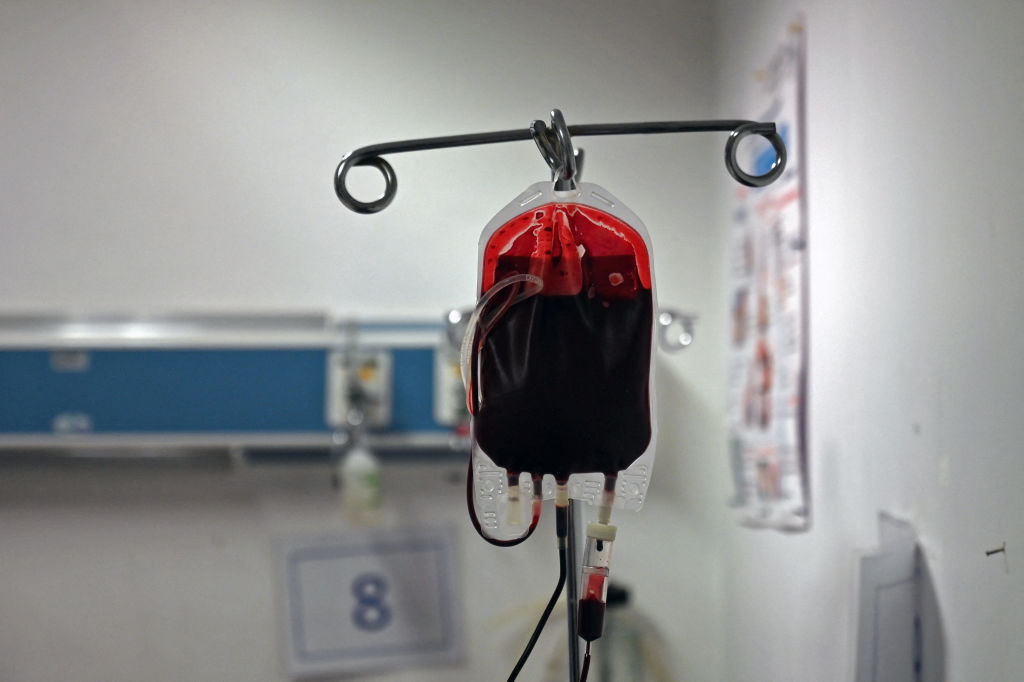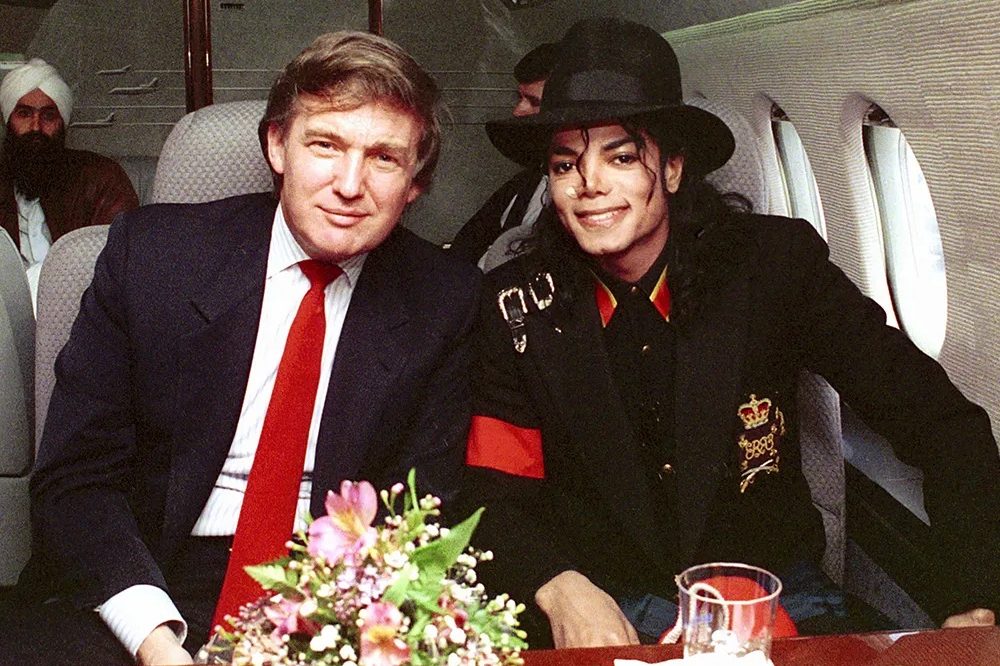New York
Well, at least P.J. Clarke’s survived the lockdown ordeal. Founded as a ‘saloon’ by an Irish migrant in the late 19th century, the restaurant-bar is a Manhattan dining icon — and a defiant one at that: it’s housed in a modest two-story building, nestled among the skyscrapers of Midtown East, a relic of an older, redbrick Gotham, refusing to give way to the titans of law and finance who occupy the commanding heights of glass and steel nearby.
Reality is a little more complicated than that, of course. These days, P.J. Clarke’s is owned by a consortium of financiers, and before the lockdowns, its patrons very much included the finance bros dressed in their standard-issue uniforms (button-down, slacks, Patagonia vest). But the joint also welcomed many other Big Apple types: the after-shift construction crew, the bridge-and- tunnel crowd, the elegantly desperate Midtown cougar, the tourist, the drunk.
The food was never much to write home about: too-mushy fish and chips, too-starchy fries, a forgettable mac and cheese; the burgers were decent enough. What brought this disparate bunch to P.J. Clarke’s, rather, was a triple promise of hospitality: a firm handshake from the barkeep when you took one of the old-timey wooden stools; your drink order fulfilled almost instantaneously; an ebullient atmosphere that made it all taste better than it probably was.
What that hospitality facilitated was something like distant intimacy: you got to know the stranger next to you, to press his flesh, to learn his story, to delight in (or be annoyed by) his laughter, all without knowing too much, which would be an overwhelming violation. This civilized tension between embodied intimacy and distance endured even as you became a regular and got to befriend the other regulars.
Another word for the phenomenon might just be: Manhattan. Experiences like those at P.J. Clarke’s are only truly possible on this densely packed island, and they are what make life on it tolerable, even gloriously attractive.
Then P.J. Clarke’s shuttered its doors in mid-March 2020, following a last hurrah urged by Mayor Bill de Blasio before all indoor dining in the city was shut down: the virus had arrived.
It’s been a little more than a year since. What did my local pub, my neighborhood, my city go through over that year? The physical desolation, the job losses, the apocalyptic grocery hoarding, the Black Lives riots, the mask and hand-sanitizer hysteria and insane safetyism, the fitful reopenings, the fake solidarity of ‘we’re all in this together’, the claustrophobia, the ruination of a generation of kids deprived of schooling and social interaction.
What made it all so much worse was the massive gaslighting operation conducted by the ‘experts’, mostly Democratic politicians, the corporate media and a neoliberal meritocratic class whose merits are never quite in evidence. On March 15, 2020, I wrote for the New York Post that ‘long before the outbreak, I had a growing sense that on any given story, our media betters are almost always trying to shove ideological horse pucky down our throats. But corona saw the media take this tendency to a new extreme.’
At the time, I had in mind the corporate media’s about-face on Donald Trump’s China travel ban. It’s hard to remember now, because they’ve memory-holed it, but the media spent the pandemic’s early days inveighing against the supposed racism of quarantines and travel bans. ‘Quarantines and travel bans have a really, really ugly history,’ the Guardian quoted a law professor on February 4, 2020. The Atlantic lamented that ‘empathy [for China] may be a casualty of Trump’s own phobias: He is squeamish about contagion.’
Since then, the lies have multiplied sky high.
We were told that even small outdoor gatherings of religious believers were tantamount to mass murder — until the George Floyd protests (and riots), when some 1,000 public-health officials signed a letter claiming racism was deadlier than COVID, rendering Black Lives gatherings acceptable even during lockdowns.
We were told by national virus guru Dr Anthony Fauci that we shouldn’t mask — that is, until masks suddenly became the greatest tool for stopping the virus (a recently released trove of Fauci emails reveals that he thinks the virus is too small for even medical masks to stop, let alone the cloth masks that most Americans wore).
We were told that the Wuhan-lab-leak theory of the virus’s origins was a deranged conspiracy theory — a Post column speculating about the possibility was even interdicted by the Facebook censors — until suddenly lab leak became the predominant theory, whereupon Facebook lifted its ban.
And on and on. Frankly, I can’t figure out why Americans aren’t marching en masse with pitchforks. Are we really prepared to forget the destructive lies and censorship? Will a backlash ever materialize? Or has the corporate-academic-media-tech overclass beaten the rest into submission with a year of lockdowns and state-backed BLM riots? We’ll see. Meanwhile, P.J. Clarke’s is open again, the masks are off, the brews are cold, the regulars are back.
This article was originally published in The Spectator’s July 2021 World edition.



